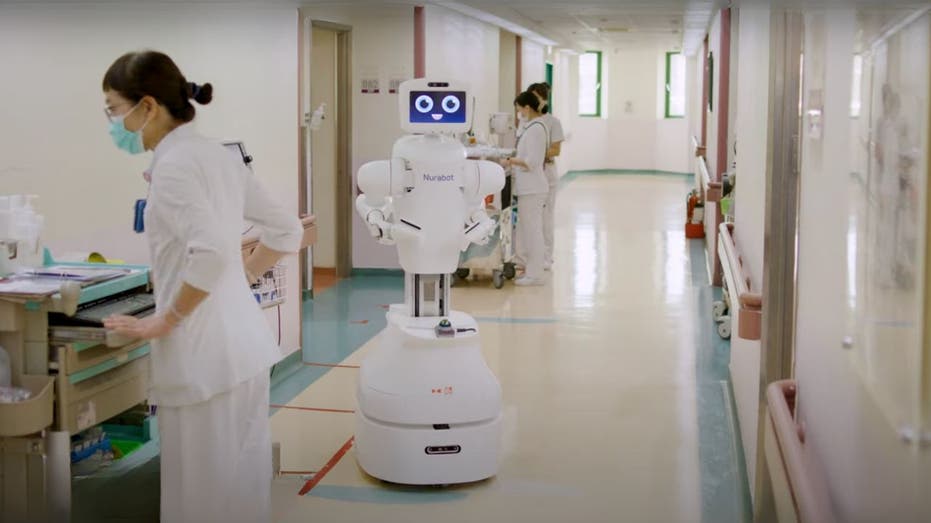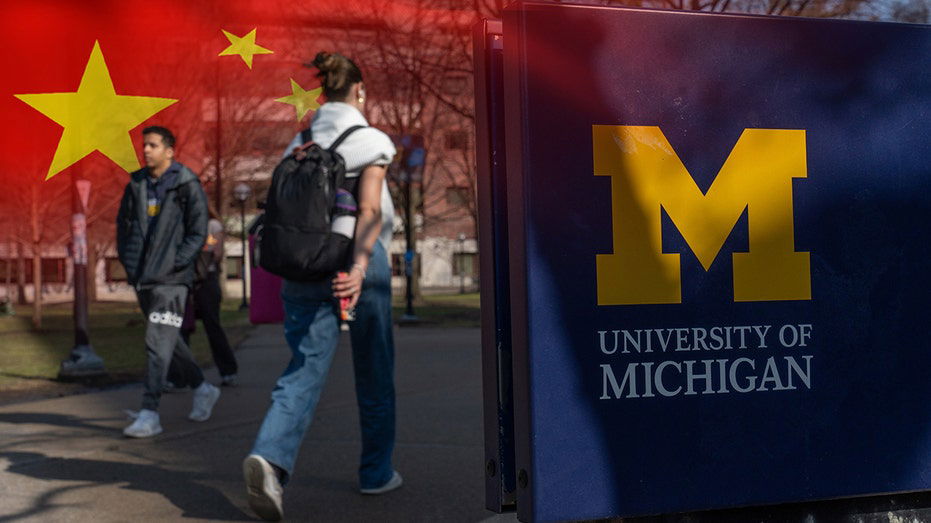- by foxnews
- 06 Jun 2025
Technology is transforming global treaties - TechCrunch
Technology is transforming global treaties - TechCrunch
- by google
- 10 Nov 2021
- in technology

The TechCrunch Global Affairs Project examines the increasingly intertwined relationship between the tech sector and global politics.
To meet this challenge, across dozens of treaties, research communities are marshalling new technologies to produce fertile ecosystems delivering untold levels of data and knowledge on underlying conditions and results measurement.
Technology is generating orders of magnitude increases in data quantities. Vast ecosystems of instrumentation and computing hardware are being deployed. Increasingly today scientific communities and governments combine remote sensing and Earth observation (EO) satellites, cloud computing, artificial intelligence (AI), machine learning (ML), and modeling and visualization tools. As we get better at processing and analyzing these data, we are getting closer to delivering near real-time, global and more precise knowledge than ever before.
Data from all of these sources are shared with the Global Biodiversity Informatics Facility in Copenhagen, an intergovernmental global biodiversity data repository. Its records have increased tenfold since 2007, now exceeding two billion records. Together this data and research informs the work of the International Panel on Biodiversity and Ecosystem Services, the dedicated scientific platform for the CBD.
Meanwhile conservationists have harnessed Automatic Identification System (AIS) transponders used for ship safety to combat illegal fishing AIS signals to provide comprehensive global data on vessel activity. Groups such as Global Fishing Watch analyze AIS satellite data captured by private firms like ORBCOMM with deep learning to pinpoint and map illegal fishing worldwide. Researchers even use AI and ML to identify vessels that illegally turn off their AIS systems to evade detection.
Recent government attacks on vulnerable Rohingya communities in Myanmar show how technology is also increasingly exposing and documenting otherwise hidden violations of human rights and refugee treaties. Human rights researchers have used Earth observation data to track troop movements, evidence of expulsions, razing of villages and mass killings. Meanwhile photos and video that individuals supplied through mobile phones were channeled through secure cloud platforms such as the Eyewitness to Atrocities portal. ML and AI were used to automate EO data and video imagery analysis. Groups like Amnesty International and SITU Research aggregated the data to generate virtual reality visualizations of settings where violations occurred. EO data was cited in the Gambia v. Myanmar case before the International Court of Justice. Voluminous records of hate speech on Facebook that fueled attacks on Rohingya are being collected and analyzed using ML for the case as well.
One drawback is the regulatory risk around data protection and privacy, especially when it concerns human rights and already vulnerable populations. Protections must be implemented to ensure data are used discreetly and anonymously where possible. AI is a further concern. The EU draft regulation on AI seeks to outlaw the use of certain technologies such as biometric identification systems in public settings, and similar to its General Data Protection Regulation would affect activities outside of Europe. Likewise, although the public sector geospatial community has made open data a global norm, efforts must be made to integrate the expansion of private sector geospatial data into global governance efforts.
- by foxnews
- descember 09, 2016
Archaeologists uncover never-before-seen tombs of ancient Egyptian officials
Archaeologists recently uncovered New Kingdom tombs in Luxor, Egypt, revealing insights into Ancient Egyptian history and the roles of high-ranking officials.
read more





